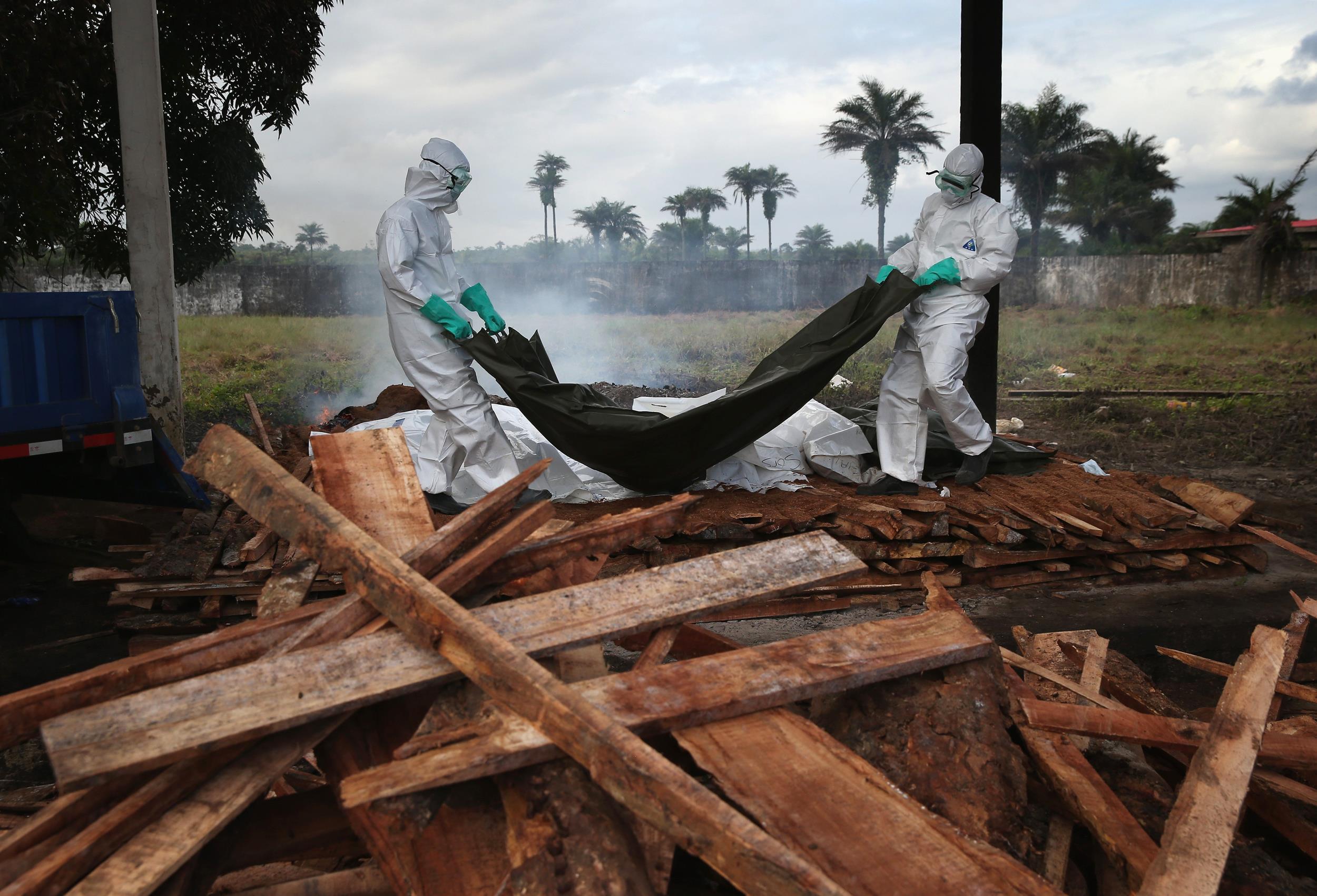Ebola Outbreak
 On Sept. 30, the first case of the Ebola virus in the United States was diagnosed in Dallas. The virus is deadly and rare, and needs close interaction to transmit. It’s scary. And it was here.
On Sept. 30, the first case of the Ebola virus in the United States was diagnosed in Dallas. The virus is deadly and rare, and needs close interaction to transmit. It’s scary. And it was here.
Ebola is not as contagious as common illnesses such as colds, the flu, or measles. It spreads by skin contact or by bodily fluids.
Some of the symptoms of Ebola include: high fever, headache, join aches, sore throat, weakness, stomach pain, and lack of appetite. As the virus spreads through the body, internal bleeding may occur and come out of the ears and nose. Some cases may cause vomiting and coughing up blood or a rash.
To diagnose Ebola, a blood and tissue test must take place. If the tests come back positive, the patient will be isolated from the public and quarantined to prevent the spread of the virus.
As of right now, there is no vaccine to prevent the Ebola virus, and there is no cure for the illness. The best way not to catch it is to stay out of areas where a case of Ebola has been confirmed. The virus is only contagious once symptoms become present.
Only two people have contracted the virus on U.S. soil, and there have been four confirmed cases of the illness in the United States.
As of now, many doctors, nurses, and soldiers have been quarantined to prevent further spread of Ebola, and travel to West Africa is not available until further notice.
The virus made its way to New York, but there are no longer concerns about a mass “Contagion-style” outbreak.
To learn more visit: http://www.webmd.com/a-to-z-guides/video/how-ebola-kills














